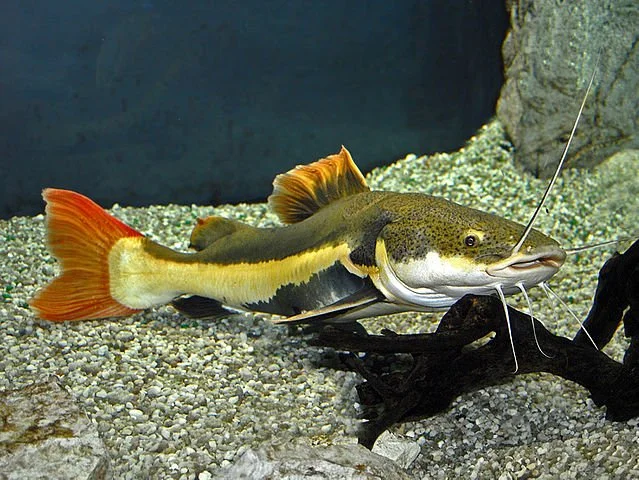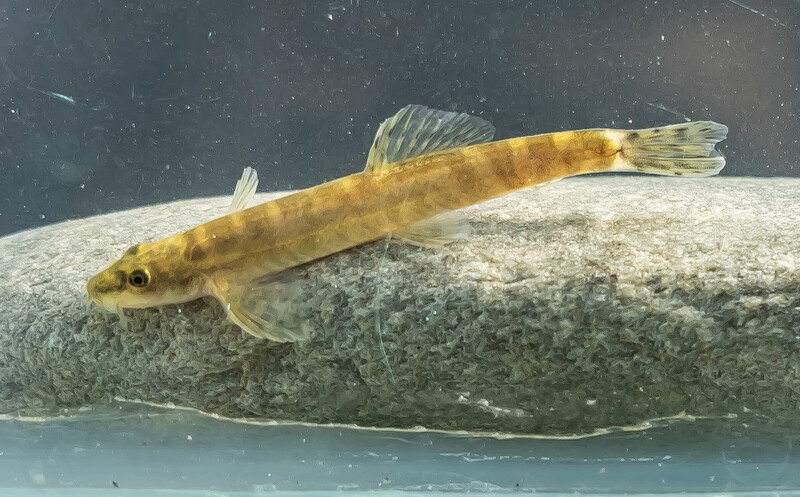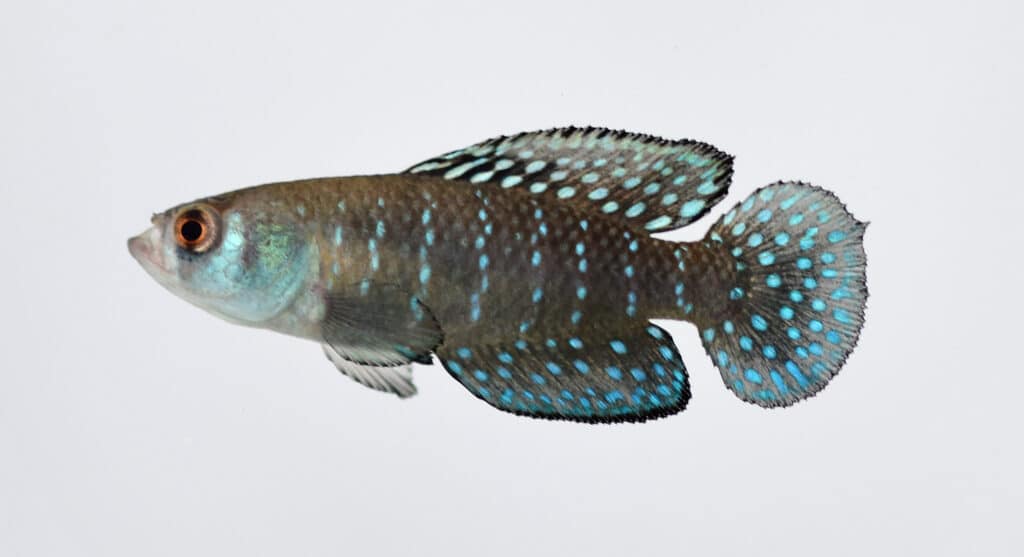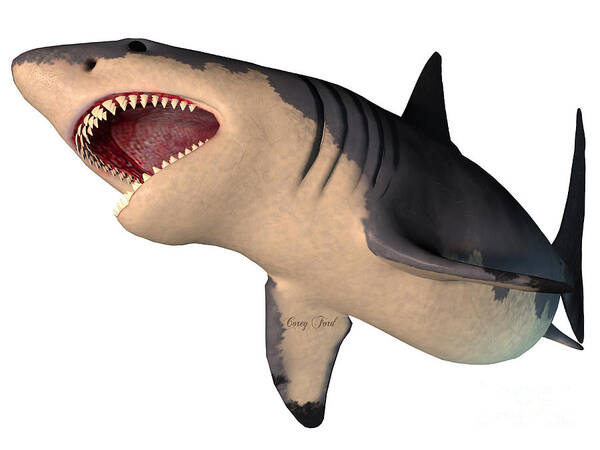The Fat Catfish (Rhizosomichthys totae) was a unique freshwater fish species endemic to Lake Tota in Colombia. This remarkable fish was known for its unusually thick, fatty deposits along its body, giving it a distinctive swollen appearance unlike any other catfish species.
First described in 1942, the Fat Catfish was already rare by the time of its scientific discovery. It was a bottom-dwelling species that fed primarily on aquatic invertebrates and plant matter. The fish played an important ecological role in its native lake, helping to maintain the balance of the benthic ecosystem.
The last confirmed sighting occurred in 1957, and despite extensive surveys, the species has not been observed since. Its extinction is attributed to a combination of habitat degradation, introduced predatory fish species, and overharvesting by local fishermen who prized its fatty flesh.

